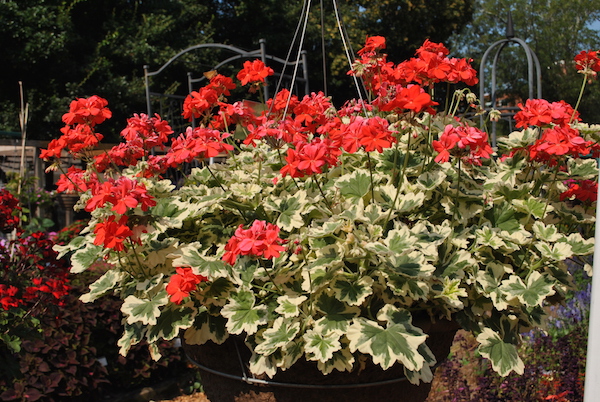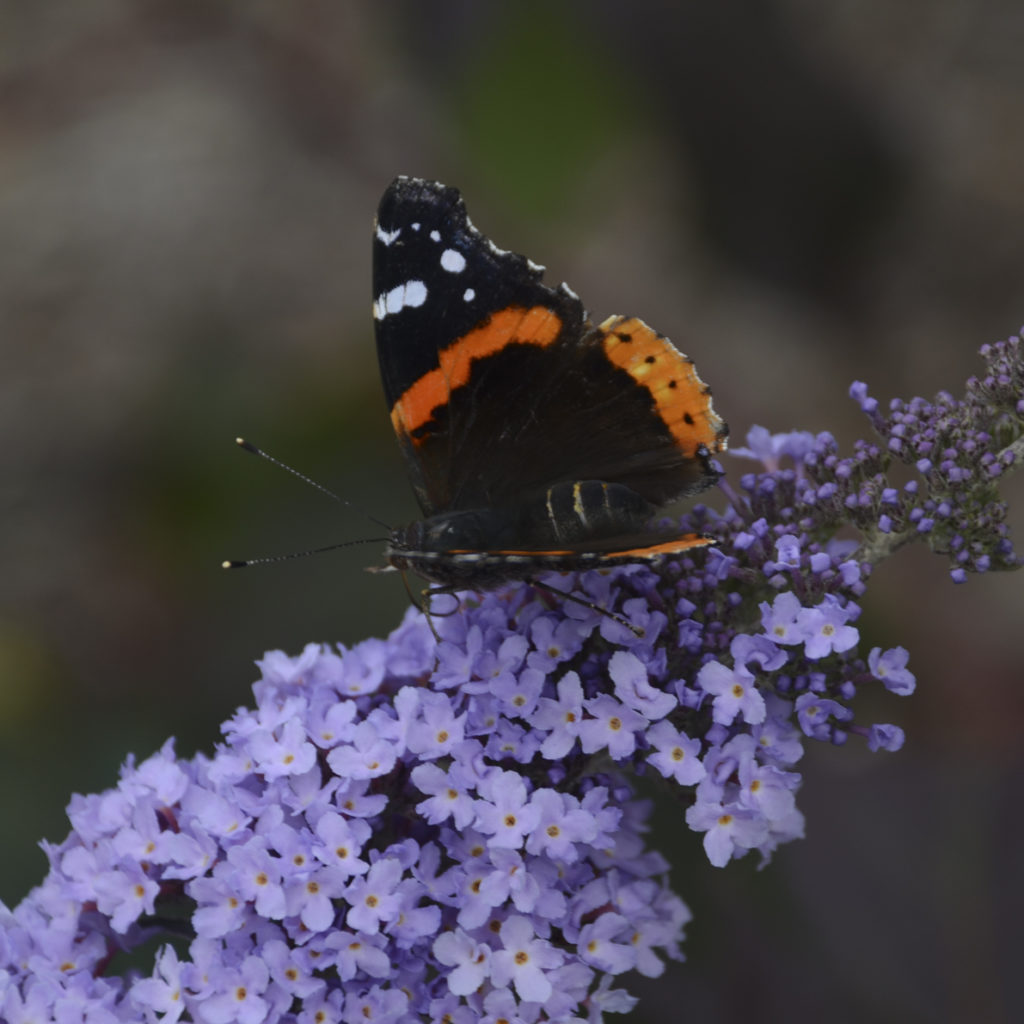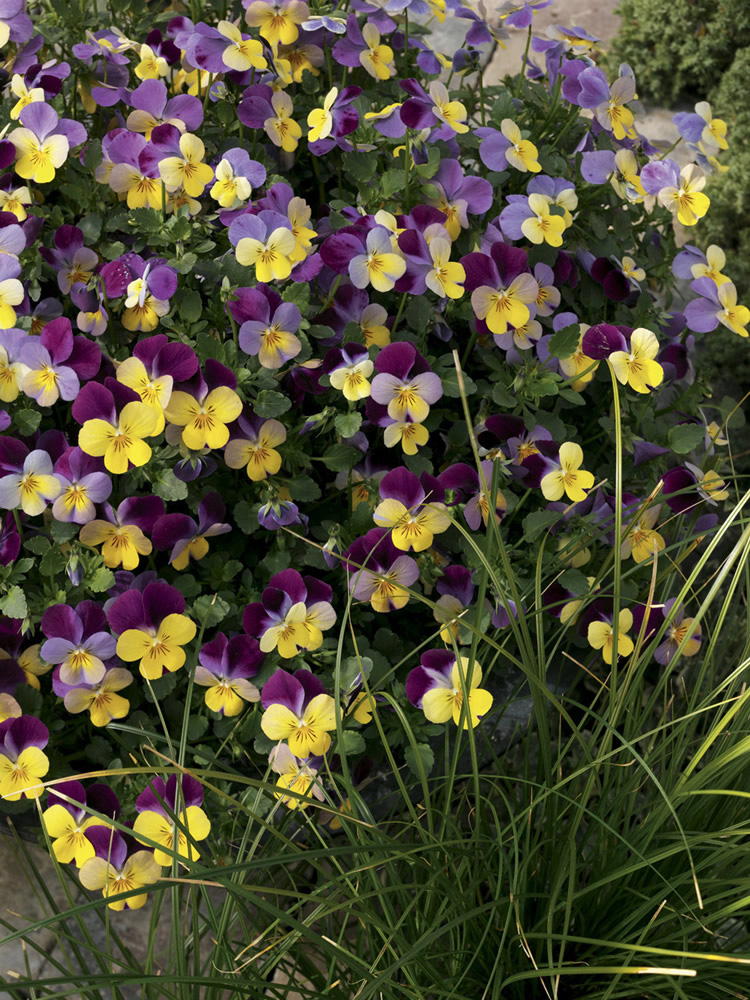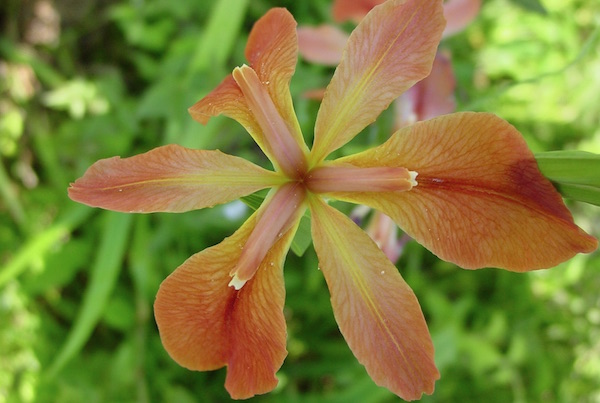
For late winter and early spring beauty, consider ‘Golden Glory’ cornelian cherry. Photo courtesy Monrovia.com
Gardeners always have favorite plants, including those they think are not used often enough. Last week, we looked over the shoulders of Indiana gardeners at their favorite new plants. This week, we asked them about plants they thought should be planted more. Here’s what they had to say.
Bob Hill in Southern Indiana praises cornelian cherry (Cornus mas), an Asian member of the dogwood family. The hardy tree provides bursts of yellow flowers in late winter or early spring, has beautiful exfoliating bark year-round, and thick crops of red fruits in late summer and fall. “The best Cornus mas cultivars include the heavy-blooming ‘Golden Glory’, ‘Redstone’ and ‘Spring Grove’. If your yard is small, ‘Pyramidalis’, makes a nice fit in tight places,” said Hill, owner of Hidden Hill Nursery & Sculpture Garden in Utica.

Fancy-leaf geraniums, such as ‘Glitterati Ice Queen’, are gaining in popularity for summer fare. Photo courtesy University of Georgia Trial Gardens
Fancy-leaf geraniums (Pelargonium), which are celebrating a resurgence in popularity, deserve a spot in a pot, said Jean Starr of Chesterton, who blogs at petaltalk-jean.com. “They have smaller flowers than what we think of when geranium is mentioned, but even when they’re not in bloom, their multi-colored leaves provide plenty of interest.” Among Starr’s favorites is ‘Glitterati Ice Queen’ from Hort Couture Plants, which can be mixed with other plants in a pot, grown in a hanging basket or window box.

A dwarf butterfly bush, such as ‘Glass Slippers’, works well in sunny spots in small yards. Photo courtesy PerennialResource.com
Karen Kennedy, former president of Marion County Master Gardeners, says she’s become fond of the dwarf butterfly bushes (Buddleia), which in the 3-4 foot range, work well in her small garden. She especially likes Buzz Velvet, with vivid raspberry flowers, and ‘Glass Slippers’, the latter part of the Monarch series, with periwinkle blue flowers and silver foliage. “Both bloomed all the way to frost. A great edition to a sunny area of the garden,” she said.

Spring-planted Johnny jump-ups sometimes self-sow to reappear when temps cool in fall or the following spring. Photo courtesy National Garden Bureau/ngb.org
“I think the most under-used plant is the little violas and pansies,” said Carol Michel of Indianapolis, who blogs at maydreamsgardens.com. Plant pansies and violas (Viola spp.) in early spring. “They will last until it gets hot, toward the end of May. They don’t mind an occasional frost, either,” she said. “The yellow-purple ones, generally referred to as Johnny jump-ups, are my favorites.”

The native copper iris offers an unusual color in the spring garden. © James Henderson, Golden Delight Honey, Bugwood.org
Copper iris (Iris fulva), a late spring bloomer that is tough and beautiful, makes Irvin Etienne’s list of under-used perennials. “The flowers are an unusual shade of copper that I find highly attractive. Related to the native Louisiana iris, it is considered beardless and crestless. It tolerates wet conditions and clay, but mine is happy in good, normal garden soil,” said Etienne, horticultural display coordinator at the Indianapolis Museum of Art.